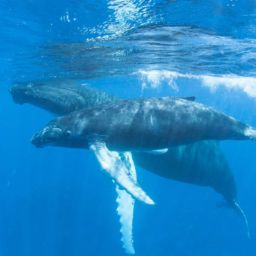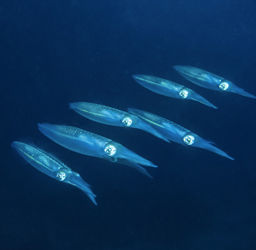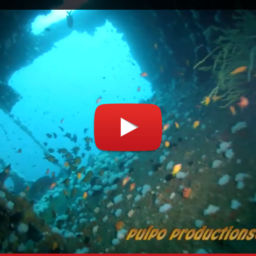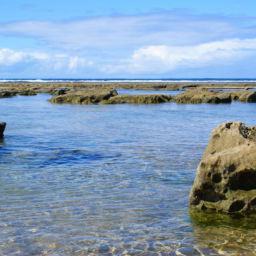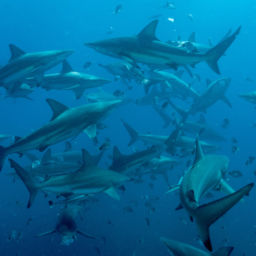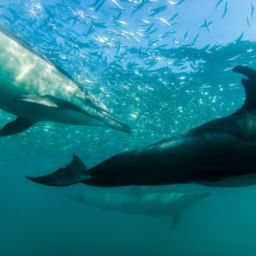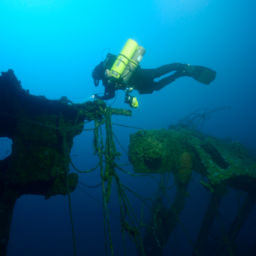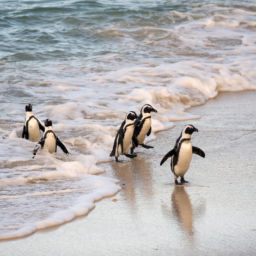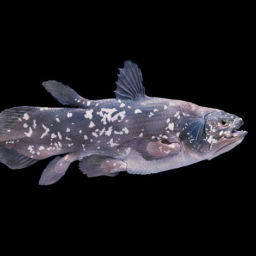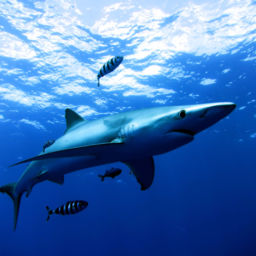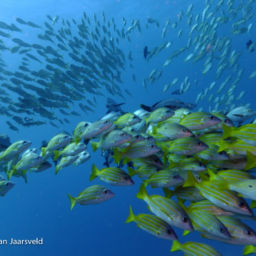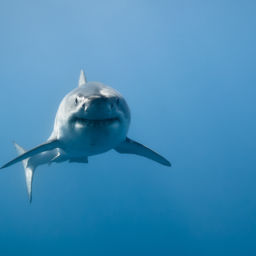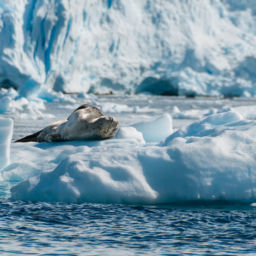For decades, a unique phenomenon taking place off of the coast of South Africa has baffled scientists. For many years, hundreds of humpback whales have come together in a very small space. Now, Science reports that researchers may have found the reason.
The mystery began in 1990, when a few whales appeared in the waters of western South Africa in a place and at a time of year when this species was not usually spotted. Humpback whales usually visit South Africa only in the winter, when water temperatures fall and their food sources are booming. But this happened in the fall.
In the following years, the number of whales grew from a handful to more than 200 individuals. All of them were milling around an area a bit smaller than an American football field. The whales stay for a few months, strange behavior for animals that usually travel in pods of three to four individuals at most.
What’s going on?
During research expeditions in 2011, 2014, and 2015, researchers from Cape Peninsula University of Technology in Cape Town, South Africa, tried to figure out what was happening. Study lead Ken Findlay described the whales’ behavior as “remarkable.”
There have been many theories, including changes in prey behavior, or simply that the humpback population may be growing. This means we might see behavior that wasn’t normal when the number of humpback whales was far lower than it is today. The humpback whale population stands today at an estimated 60,000 individuals. At its lowest, the population stood at only 2,000 whales.
But now, the researchers have a new theory: the humpback congregation has to do with food availability. Most of the time, when krill density is random, whales feed slowly and deliberately. But one afternoon, according to the Science article, the density of krill was unusually high. The krill covered a 130-foot-thick (40 m) swath of water with 107 grams of density per cubic meter, instead of the average density of 66 grams per cubic meter. The whales bunched together and forewent their usual hunting methods. The humpbacks basically lunging at the krill in a free-for-all fashion, with mouths open as though at a smorgasbord.
After a few hours, when the dense krill patch was dissipating, the whales dispersed and went on their way. The findings suggest that not only are humpbacks able to create new hunting strategies based on prey availability, but also that they communicate among themselves to share the wealth.


